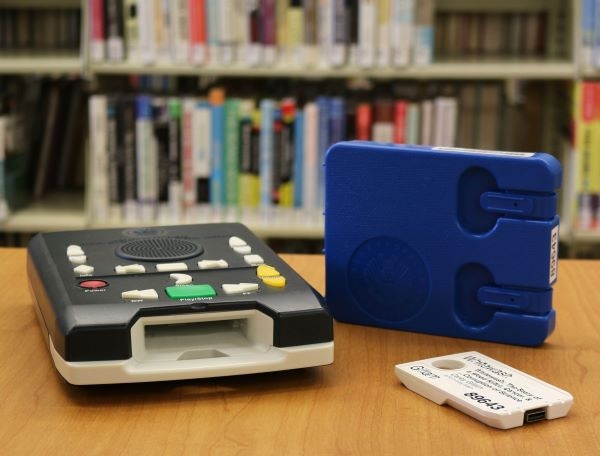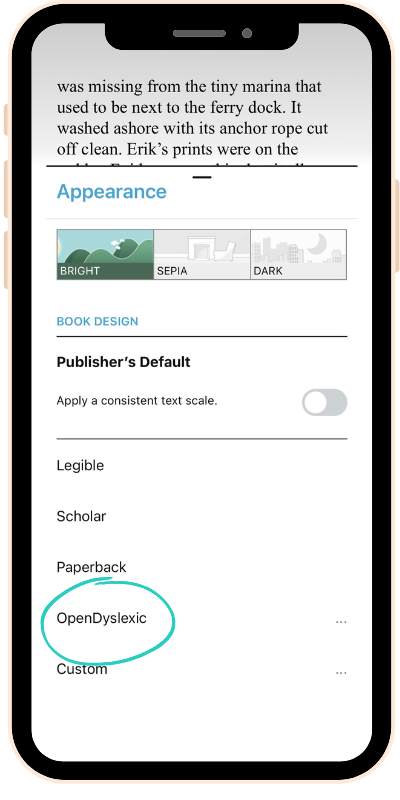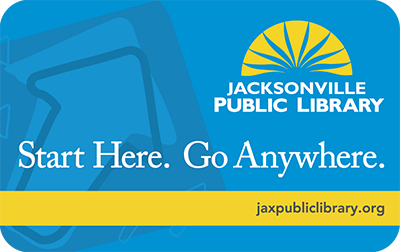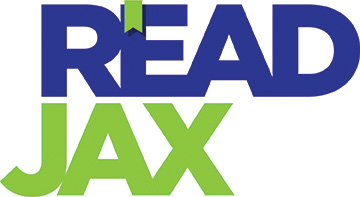
Watch and Discuss: Embracing Dyslexia
Embracing Dyslexia is designed to help educators and parents better understand dyslexia, explain why it is important for students struggling with reading, writing, and spelling to be screened for dyslexia as early as possible, and show how proper tutoring and classroom accommodations can give these students a chance at success, in the classroom and beyond.
Attend the Screening Room
Watch and discuss the documentary film Embracing Dyslexia (51 min.) with our partners at Hope Haven from 10 to 11:30 a.m. on Saturday, Oct. 4, in the Conference Center at Main Library. The screening will be followed by a group conversation, led by Dr. Laura Bailet.
Note: This program will be followed by a Life Lab: Unlocking Dyslexia at noon with strategies to better understand educational approaches to dyslexia. This two-hour workshop will be broken down into four sections with Q&A from the audience.
- The Road from Phonemic Awareness to Phonics
- Structured Word Inquiry - Base Words, affixes and More
- The Importance of Orthographic Mapping
- Putting it All Together: Reading and Language Comprehension
Event Partners
Hope Haven is a local nonprofit whose mission is to ensure that children and families realize their full potential by providing specialized services and individualized educational opportunities.
Education and Reading Intervention Network, Inc. (E.R.I.N.) is a nonprofit organization dedicated to educating teachers and parents about dyslexia and creating a network and support group for practitioners such as psychologists, speech and language professionals, and dyslexia interventionists.

Our presenter Dr. Laura Bailet earned her B.A. at Wake Forest University and her M.A. and Ph.D. from Northwestern University. She is a licensed school psychologist and assistant professor, College of Medicine, Mayo Clinic. She has expertise on a wide range of learning problems, including dyslexia and autism. She established and directed the Neurocognitive Assessment Program within the Division of Neurology at Nemours Children's Clinic for 18 years before creating the Nemours BrightStart! initiative. Dr. Bailet has conducted research and published numerous journal articles and book chapters. She has won numerous community awards and is currently a member of the Library of Congress Literacy Awards Board.
About the film: In 2008, filmmaker Luis Macias learned that his eight year old son, Alejandro, was dyslexic. Even though Alejandro was diagnosed relatively early, it came after he was held back in first grade due to his poor reading and writing skills and it came after countless homework battles, self-esteem issues, and Alejandro continuously being told that he was not trying hard enough. It is estimated that 15 to 20 percent of the world's population is dyslexic but most are never identified or diagnosed. For those who are diagnosed, it often happens after years of struggling in school.
Recommendations for Further Reading
- Thinking Differently: An Inspiring Guide for Parents of Children with Learning Disabilities by David Fink
- The Dyslexia Empowerment Plan by Ben Foss
- Overcoming Dyslexia by Sally Shaywitz
- It’s So Much Work to Be Your Friend by Richard Lavoie
- The Everything Parent’s Guide to Children with Dyslexia by Abigail Marshall
- Helping Your Child with Language-Based Learning Disabilities by Daniel Franklin
- A Special Education: One Family’s Journey Through the Maze of Learning Disabilities by Dana Buchman
- Special Kid to Super Kid by Ruthangela Bernadette
- Learning Disabilities from a Parent’s Perspective by Kim Glenchur
- Practical Parenting and Learning Disabilities by Susan Maynard
- The Reading Mind by Daniel T. Willingham
- Dyslexia Outside-the-Box by Beth Ellen Nash
- Normal Sucks : How to Live, Learn, and Thrive Outside the Lines by Jonathan Mooney
- The Dyslexic Advantage : Unlocking the Hidden Potential of the Dyslexic Brain by Brock Eide
- A Shout-Out for Dyslexics by Gina Mazzetti
- This May Be Difficult to Read by Claire N. Rubman
You May Also Like...

The Talking Books Library loans audiobooks and magazines, along with a player, free by mail to persons who have difficulty reading or using printed books and other materials because of blindness, or visual, physical, or reading disabilities (like dyslexia). Talking Books are full-length, unabridged books on digital cartridges available for loan to eligible readers of all ages and interests, beginning with pre‑school. Click here to learn more or to apply.
Once you are registered, you can also apply for BARD (Braille and Audio Reading Download) to download digital materials at no cost directly to a smartphone or tablet. Or transfer from a computer to a USB drive (to be played on a Talking Books player). The iOS and Android mobile apps, known as BARD Mobile, include built-in playback capability so you can enjoy talking books anytime, anywhere.
Libby Makes Reading Easier with the OpenDyslexic Font
 The Libby app is committed to making reading enjoyable and accessible for everyone, including those with dyslexia. In Libby, there’s an option to choose the OpenDyslexic font, a specially designed typeface that some find improves readability. The letters have a weighted, slightly more structured design that may make it easier to distinguish similar characters, reducing the likelihood of mixing up letters. Turning on the dyslexic font in Libby is quick and easy!
The Libby app is committed to making reading enjoyable and accessible for everyone, including those with dyslexia. In Libby, there’s an option to choose the OpenDyslexic font, a specially designed typeface that some find improves readability. The letters have a weighted, slightly more structured design that may make it easier to distinguish similar characters, reducing the likelihood of mixing up letters. Turning on the dyslexic font in Libby is quick and easy!
Here’s how:
✔️Open the book you’d like to read.
✔️Tap the center of the screen to open the menu.
✔️Tap the Reading Settings icon (it looks like an "A").
✔️Under "Book Design," tap OpenDyslexic to switch to this font.
More Accessibility Options:
The Libby app has several accessibility enhancements and customizations like:
- Screen reader support
- Adjustable text size, including accessibility sizes
- Zoom feature for magazines and e-books with fixed layouts
- Dark mode, sepia or other lighting options
- Adjustable narration speed for audiobooks (0.6 x to 3.0x)
To turn on several accessibility features, go to Menu > Settings > Accessibility.

